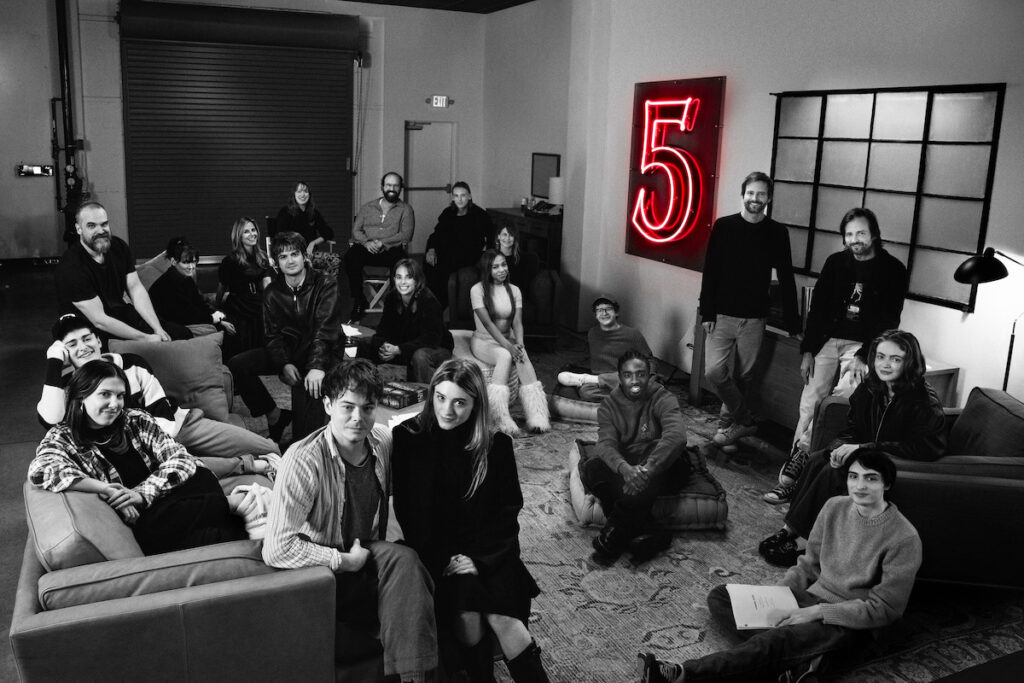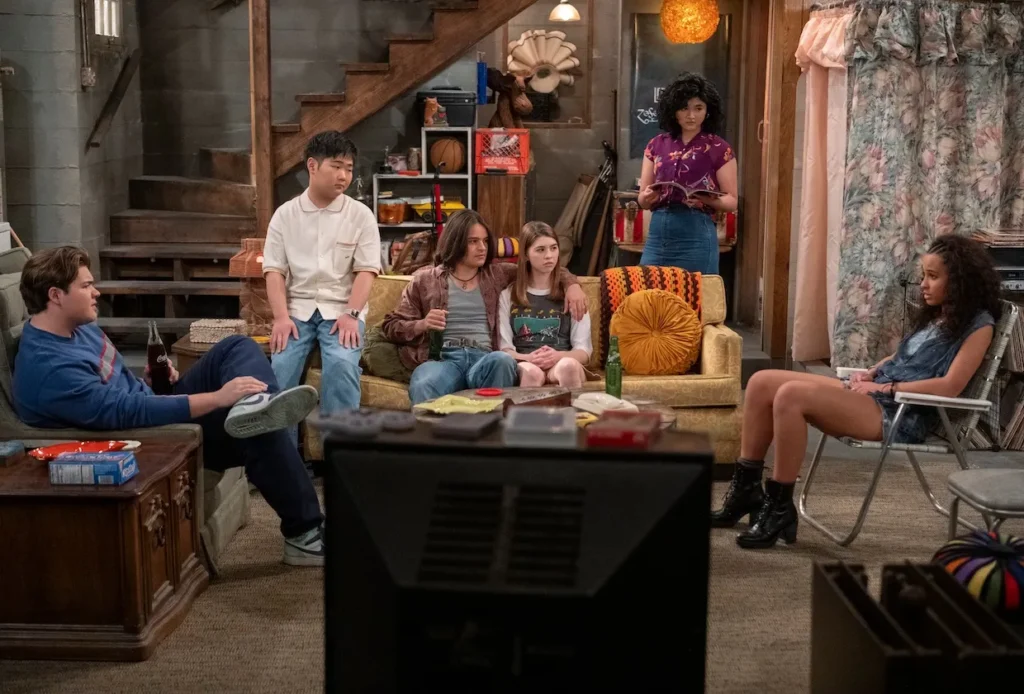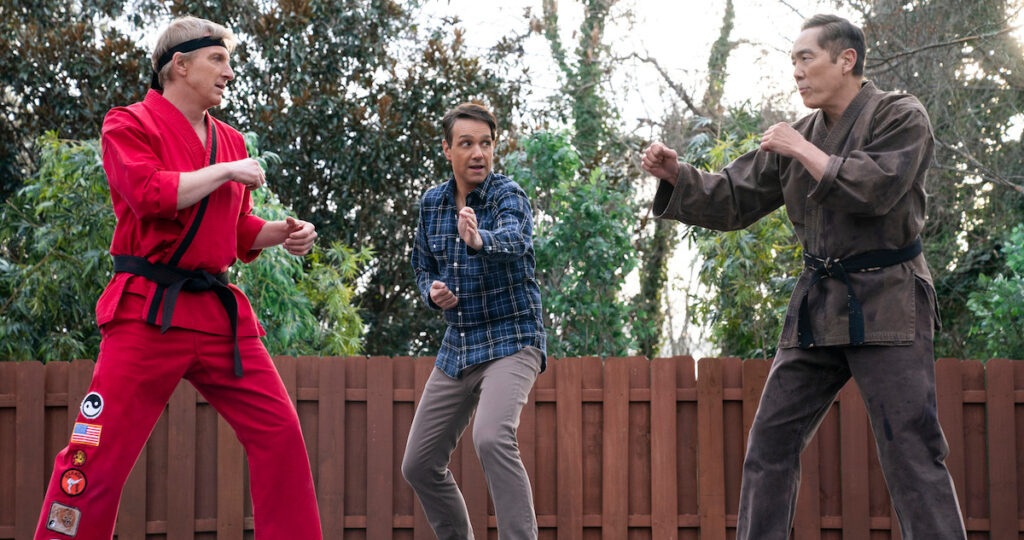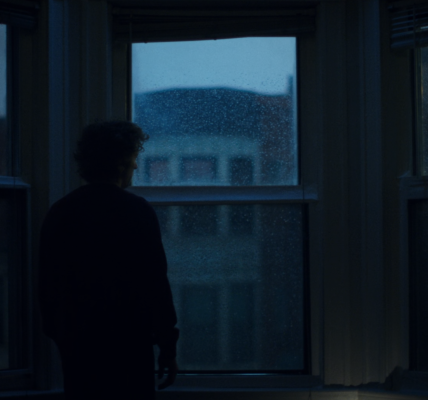Why are the streamers so adamant about trying to divide their seasons into parts?

Netflix Splitting Up Cobra Kai and That ‘90s Show’s Seasons
Earlier this month, Netflix announced that they were splitting a couple of their upcoming seasons into multiple parts, set to release months apart. Cobra Kai’s final season is divided into three parts, worth five episodes each for a fifteen-episode season.
The first part premieres on July 18th, the second part on November 24th, and the final part in 2025, with no specific date at this time. That ’90s Show will follow suit, splitting sixteen episodes into two parts for its second season. The first eight episodes will premiere on June 27th. The second part, consisting of another eight episodes, will be released on October 24th.
The gap between each part of both series is around four months, which is a baffling gap, to say the least. This strategy of dividing up seasons isn’t new to Netflix, but such a long gap is. The fourth season of both Stranger Things and You consisted of two parts that were only one month apart. This gap worked differently for both shows.
Why Stranger Things’ Split Worked

For Stranger Things, that gap was perfect because of how lengthy the season was. The first volume consisted of seven episodes, clocking in at 9 hours and 16 minutes. It was a hefty season, considering Volume 2 had two episodes combined to be nearly four hours long. Overall, the season had 13 hours of runtime, so it made a lot of sense to divide it up, and one month was the perfect gap.
Stranger Things is a cultural powerhouse of a TV show, which allows it the luxury of being the talk of the town in the surrounding months of its release. The one month gap kept the fans fed, giving them enough time to savor the lengthy first batch of episodes and build anticipation for the second.
In terms of media that month, it’s all people could talk about, so it never really left the bubble of anticipation. It was short enough to keep people talking and long enough for people to absorb in the show.
Why You’s Split Didn’t Work

You, on the other hand, is a different story. The show was split into two parts, each with five episodes totaling around eight hours of runtime. Stranger Things Season 4 Volume 1, was longer than You’s season in its entirety.
You isn’t usually the talk of the town. It’s one of those Netflix shows that people talk about for a week and ends up with great viewership metrics, but it can’t sustain a month long gap. This is when interest starts to wane.
In You Season 4 Part 1’s first ten days of release, it had 156M hours watched, according to Netflix data. Part 2, however, dropped 12% in viewership, scoring 139.8M hours watched.
Both had nearly identical runtimes. You would expect viewership to improve in the second half due to more people talking about it or waiting to binge. It declined because 4 hours of content simply isn’t enough to keep people at bay while there’s a gap that kills any momentum the show had.
Netflix’s Model
Netflix’s whole model is binging, so when you divide up a show, it has to be both enough content and intriguing enough to keep people at bay. Week-to-week releases for shows from other streamers and network TV work because it’s consistent, there’s a routine there.
It keeps the show relevant while building anticipation, and if the show is big enough, it allows discussion for a longer period of time. The best example of this is Game of Thrones or The Last of Us. They were massive shows because people got to experience them week-to-week together in a way.
Binge releases allow people to watch at their own pace, while week-to-week releases have only an episode so most people watch it in the surrounding days giving them time to discuss the show with others who are on the same exact speed.
Invincible’s Gap Killed Momentum

Another failure in terms of dividing up a show into parts is Invincible Season 2. It released episodes 1-4 weekly from November 3rd to 24th. They didn’t announce when episodes 5-8 would be released.
It ended up being released four months later, all the way in March. This gap killed the momentum of the show entirely. Not to mention the nearly three year gap between seasons for the show, but that’s a different story for a different article.
Invincible made Nielsen’s top 10 for originals in 2/4 of the weeks that episodes 1-4 were released, but not a single time during episodes 5-8. It’s hard to compare exact numbers, but I’d wager that it didn’t do as well as anticipated.
The gap killed any momentum the show had with viewers. The episodes are 40 minutes each, so around 2 hours and 40 minutes for the first four. That’s not near enough content to have a four month gap.
Four Month Gap?

That’s the same issue I have with Cobra Kai’s release strategy. I understand the reasoning behind splitting up the season. Either they may not be ready, or they want to stretch them out, but four months is a ridiculous gap for such little content.
Cobra Kai’s longest season only averages 37.5 minutes an episode, so that leaves fans with five episodes worth a little over 3 hours of content each five episode block.
This means viewers are given a third of the season, then have to wait for months for the second third, and then likely wait another four or more months to finish it off. That is at least eight months for a single season of merely 15 episodes.
Streaming shows are the shortest TV shows have ever been. It’s hard to expect viewers to stay attached for so long while getting such small proportions.
It’s like trick or treating on Halloween and going to the house that gave you an entire bar of candy last year only to find out now they’re giving you a small little piece bitten off from the rest. These gaps will do nothing but hurt the show.
Cable Era Split vs Streaming Era

Some may make the argument that this phenomenon isn’t new. Having some breaks or gaps has been a thing in TV shows forever. I do agree with this idea, but I’d counter it by saying it’s a different ballgame.
Cable shows had a strict schedule. Most of them had 20+ episodes, and they’d air around 8 to 9 of them week to week in the fall, then they’d have a little break during December for a month. Then they’d come back and air another 5 or 6, then take a smaller break. Then they’d come back and finish their slate.
Yes, they’d have breaks, but they had 20+ episodes. There was a legitimate reason, and they had enough content to keep people on the hook.
You Have To Earn It

People may argue that Better Call Saul, Breaking Bad, or The Sopranos final seasons had a midseason break—why can’t Cobra Kai? All three of these are all-time great shows with all-time great final seasons that the audience are willing to wait on.
Not to mention, they all added more episodes to the final season and only had one gap in a midseason finale that made fans want to come back for each of those. Cobra Kai’s dedicated fanbase may wait but those who watch it casually might quickly lose interest. Nobody wants to be waiting around for that long.
If Netflix, Amazon, or any other streamer wants to break apart shows that are some of the greatest ever made, then go ahead, but this isn’t what they’ve been doing.
The truth is that the gaps for Cobra Kai and That ‘90s Show are simply egregious. It’s hard to watch a small part of a show each time and not lose that enjoyment.
For me personally, Invincible’s gap killed any emotional investment I had. It was frustrating to get crumbs when you wanted the whole platter. In an era where the gaps between seasons are higher than ever, shows can’t afford to split them up further, delaying the time between seasons even further.
There has to be a better solution. I may not have one for you today, but I can tell you that splitting these shows up months apart is not the answer.

Thanks for reading! If you’d like more articles like this, be sure to check out our socials and check out some of our other articles here at Feature First.













